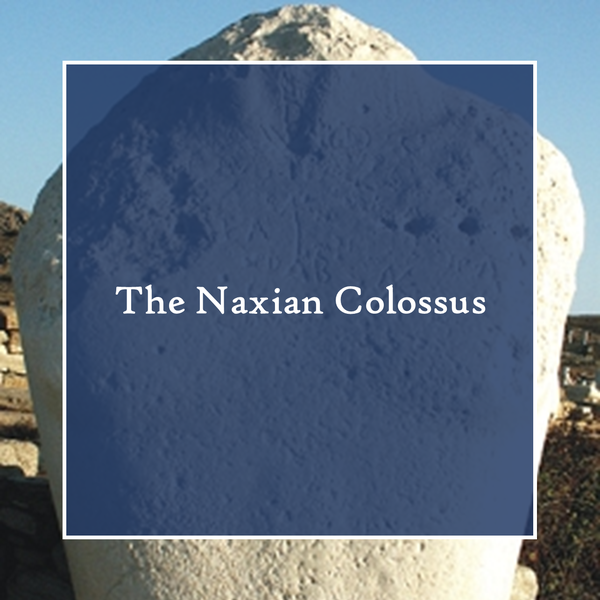|
|
The so-called Colossus of the Naxians is one of the masterpieces of Archaic large-scale sculpture (most recently: L. Giuliani, Meisterwerke der antiken Kunst, 2005, 13ff.) and is not missing from any overall account of the Archaic period (most recently: P.C. Bol, Die Geschichte der antiken Bildhauerkunst I. Die frühgriechische Plastik, 2002, 117ff). The Colossus has received its most comprehensive study by G. Gruben (JdI 112, 1997, 267ff.). Nevertheless, questions remain.
The interpretation of the statue as an image of Apollo remains without a large sculptural parallel. The archaic inscription on the back of the base is also without parallel Without parallel are the proportions and style of the Colossus in the archaic large-scale sculpture, which led A. Hermary (REA 95,1993, 11ff.) to see the remains of a classical replacement in the preserved parts. This radical position has hardly been discussed, although the style and iconography of the colossus as well as technical aspects raise many questions.
During two stays on Delos (2005 and 2007), thanks to the hospitality of the École Française d'Athènes and above all to the overwhelming helpfulness of Marie-Françoise Billot and the obligingness of the 21st Ephory of the Cyclades, namely Fr. Chatzidakis, it was possible to study the torsos thoroughly in a wide variety of light, the two left hands in the museum and magazine and the other contemporary sculpture in the museum. The conversations with Marie-Françoise Billot and Jean-Charles Moretti are also gratefully remembered.
As soon as there is an opportunity to see the stylistically irritating left foot fragment in London, a differentiated assessment will be made with the aim of clarifying the above-mentioned questions.
In the meantime, the essay has been published in 'Jahrbuch des Deutschen Archäologischen Instituts 2018'.
Prof. Dr. Wolfram Martini
|

